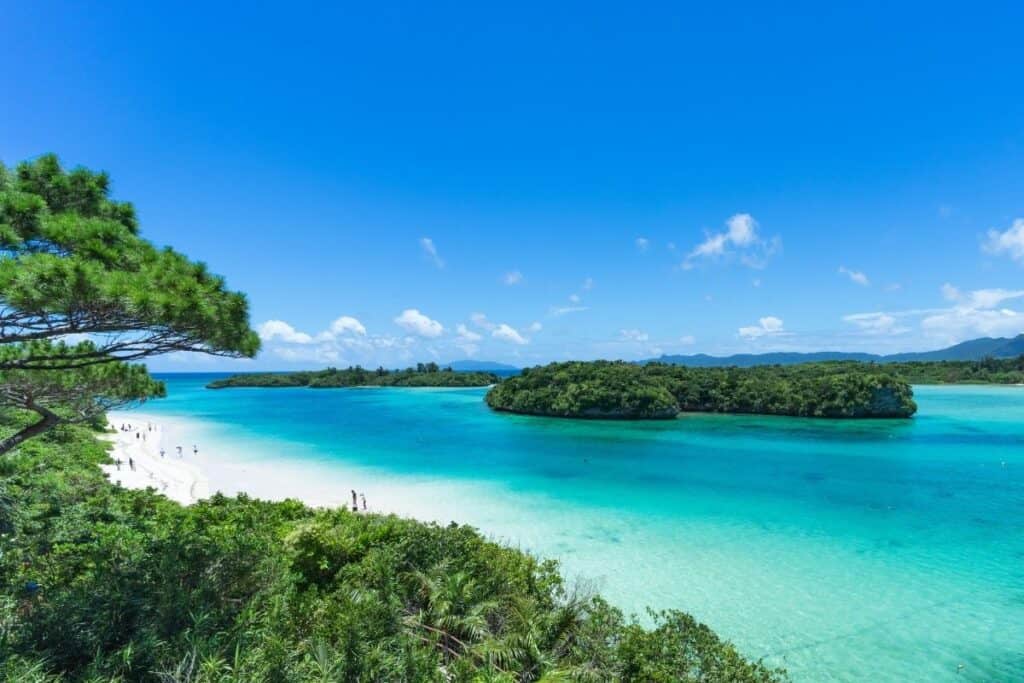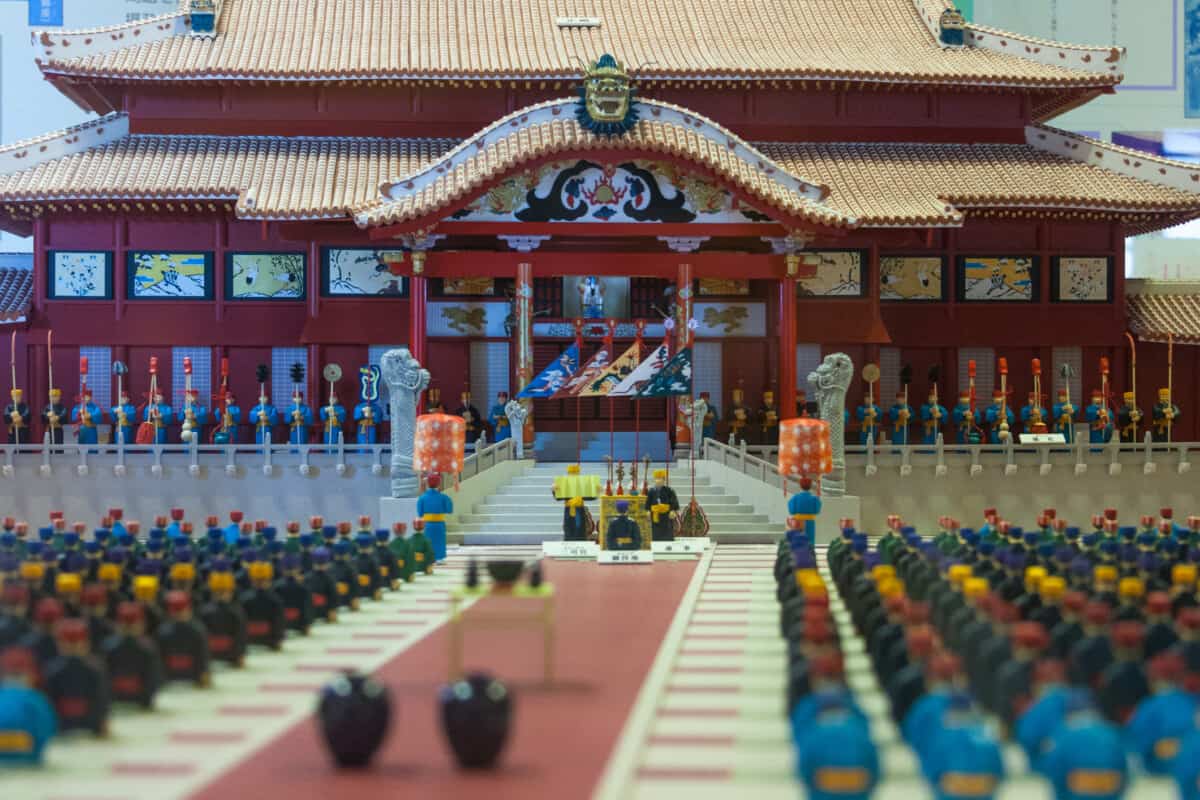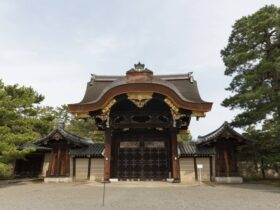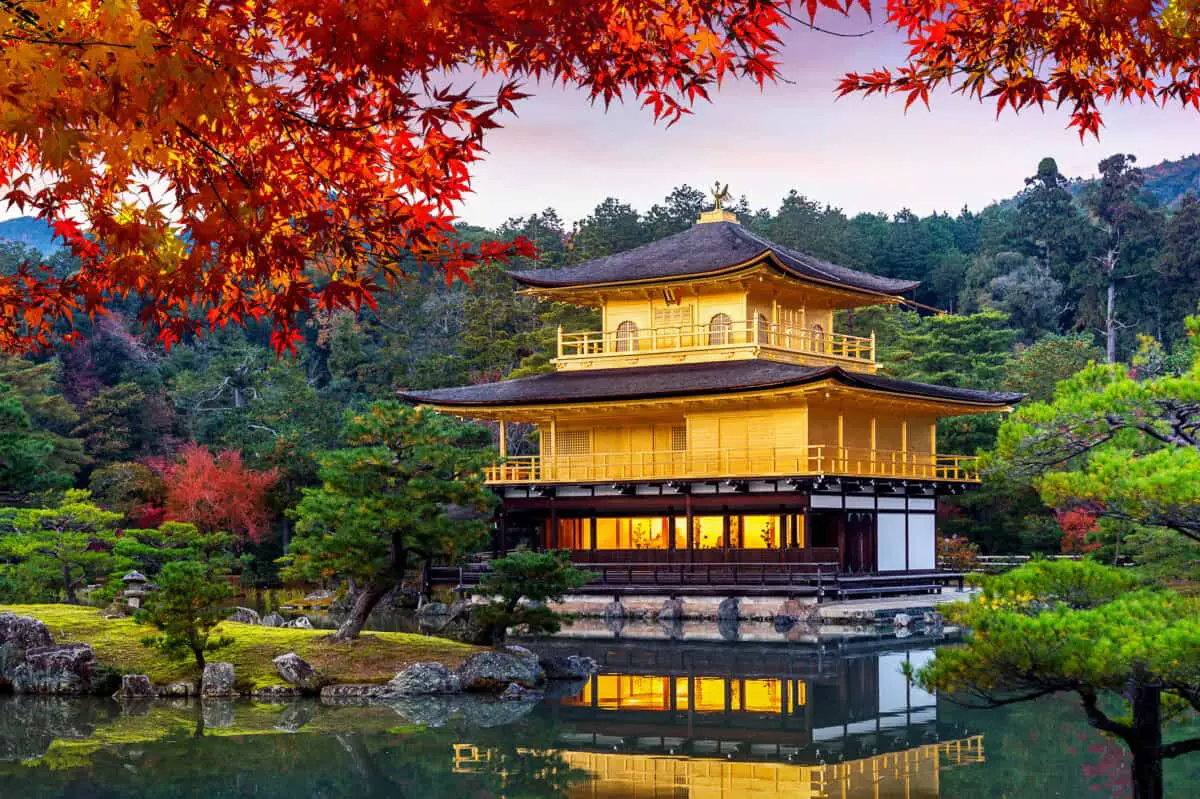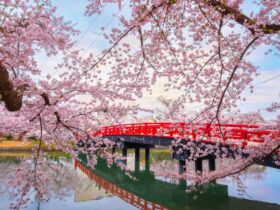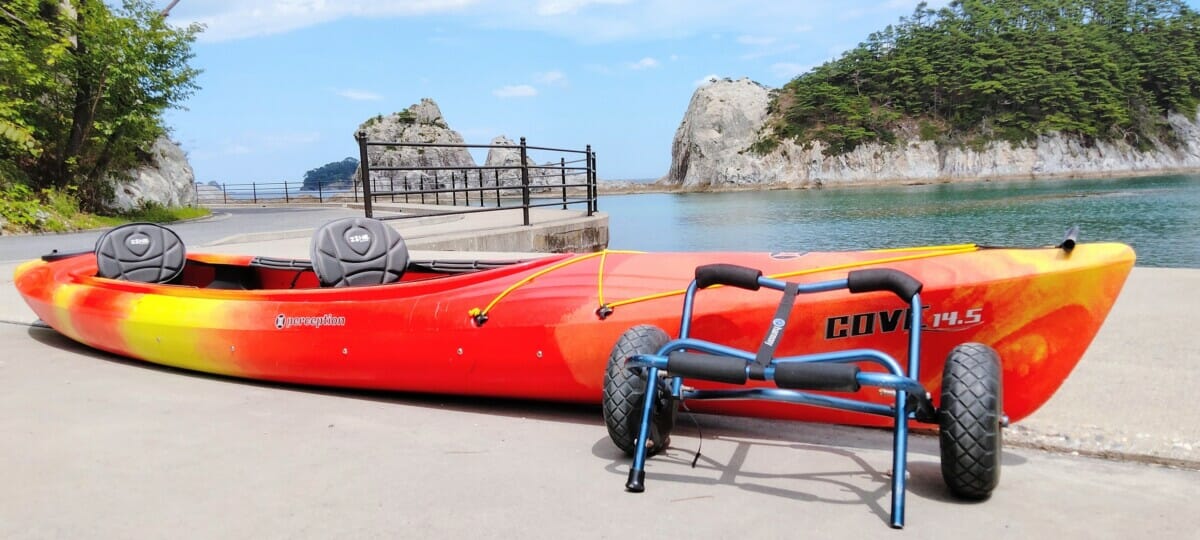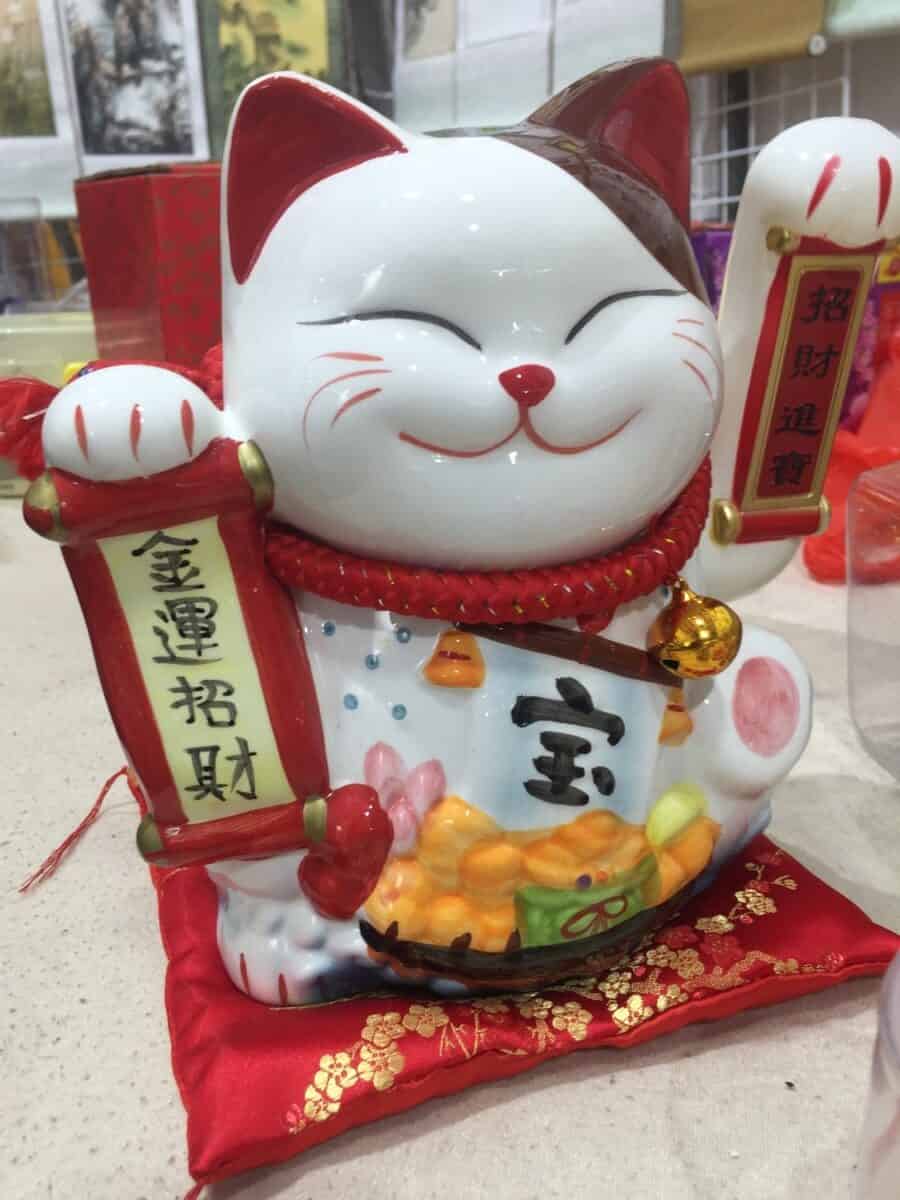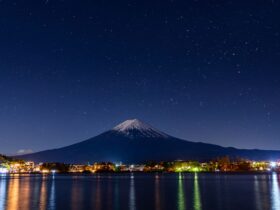Okinawa is the fifth largest Japanese island, known mostly for its involvement and battles that occurred here in World War II. The rich history of this island goes much further than being the site of World War II’s last major battle.
The only land battle in Japan that involved civilians, as well as the Japanese Imperial Army, took place on Okinawa. Following the war, the United States took direct control of the entire island. Okinawa was restored to the Japanese government in 1972, and US bases remained.
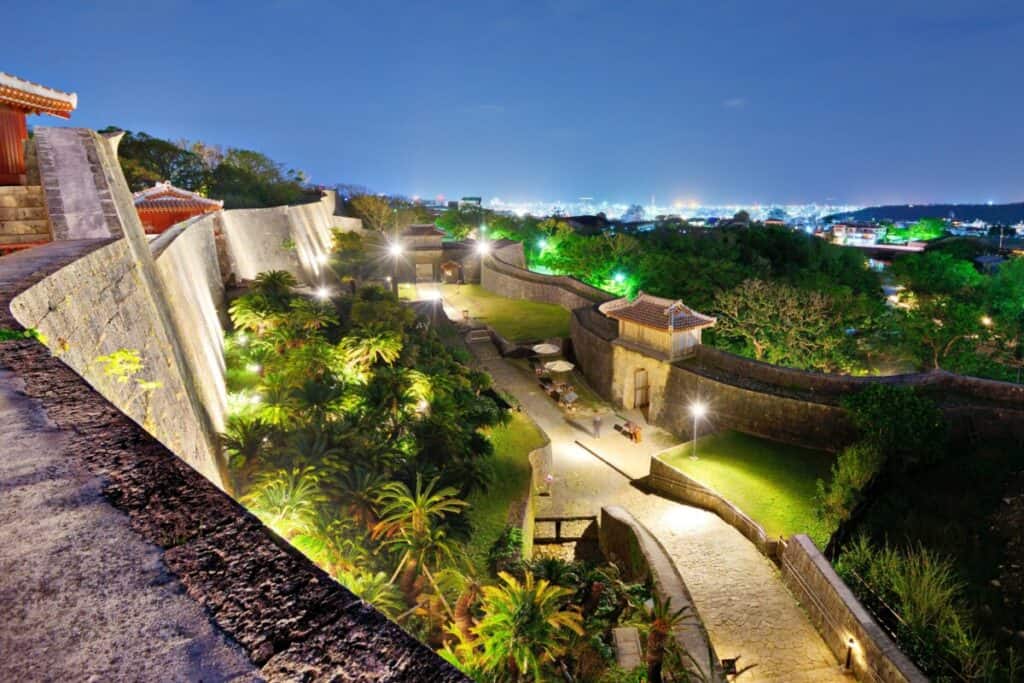
Okinawa is currently governed by the Japanese government and is an independent Japanese prefecture one of forty-seven across Japan.
Before its formal recognition and annexation from Japan in 1879 as Okinawa, the Japanese island was once an independent nation called the Ryukyu Kingdom.
The former Ryukyu Kingdom was divided into three sectors: South, Central, and North. Among these three sectors were four fortresses and a castle, used as strongholds against enemies (and eventually each other).
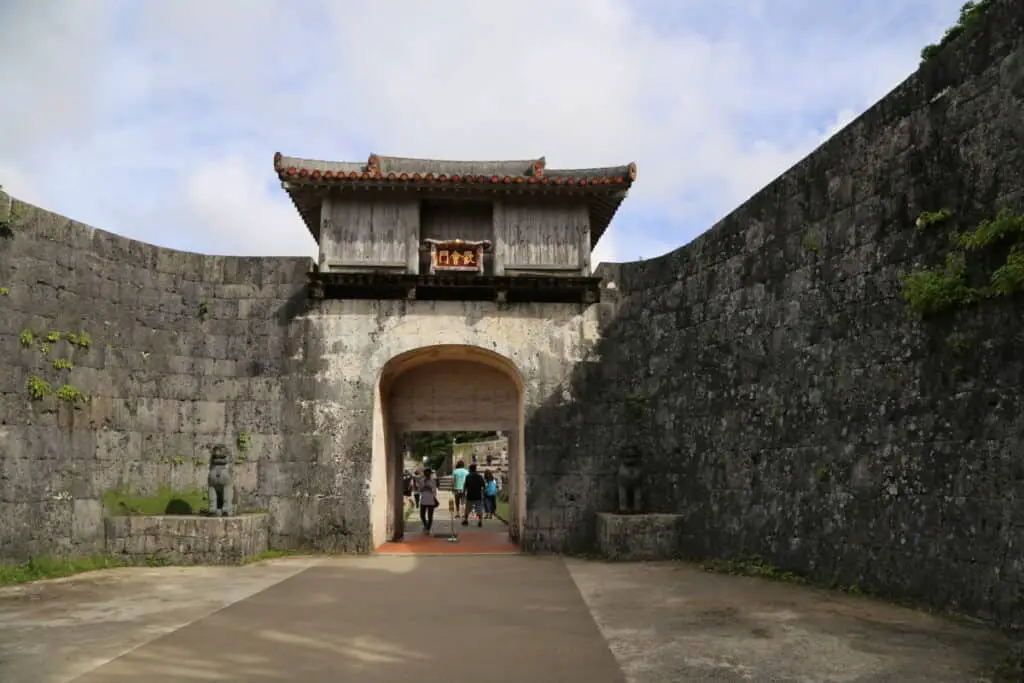
In December of 2000, the former castles of the Ryukyu Kingdom became officially recognized by the United Nations Educational, Scientific, and Cultural Organization (UNESCO) as World Heritage Sites. While some of these structures are small or only exist in ruins they give great insight into the role of stone architecture in the Sanzan Period.
A brief history of Okinawa:
1429 Shō Hashi founded the Ryūkyū Kingdom
1609 Shimazu of Satsuma Province invade the Ryukyu Kingdom
1853 US Navy ships arrive in Naha, Okinawa’s main city
1879 Ryūkyū Domain is created via Japan annexation
1879 Okinawa Prefecture was established.
1945 US takes control of Okinawa after World War II
1953 Partial reversion of control to Japan by the US government
1972 Reversion of control to the Japanese government
2000 G8 summit at Kyushu and Okinawa
Castles of the Former Ryukyu Kingdom
Every castle in the former Ryukyu Kingdom is a must-see when visiting Japan. These castles are full of historical value and completely open to the public.
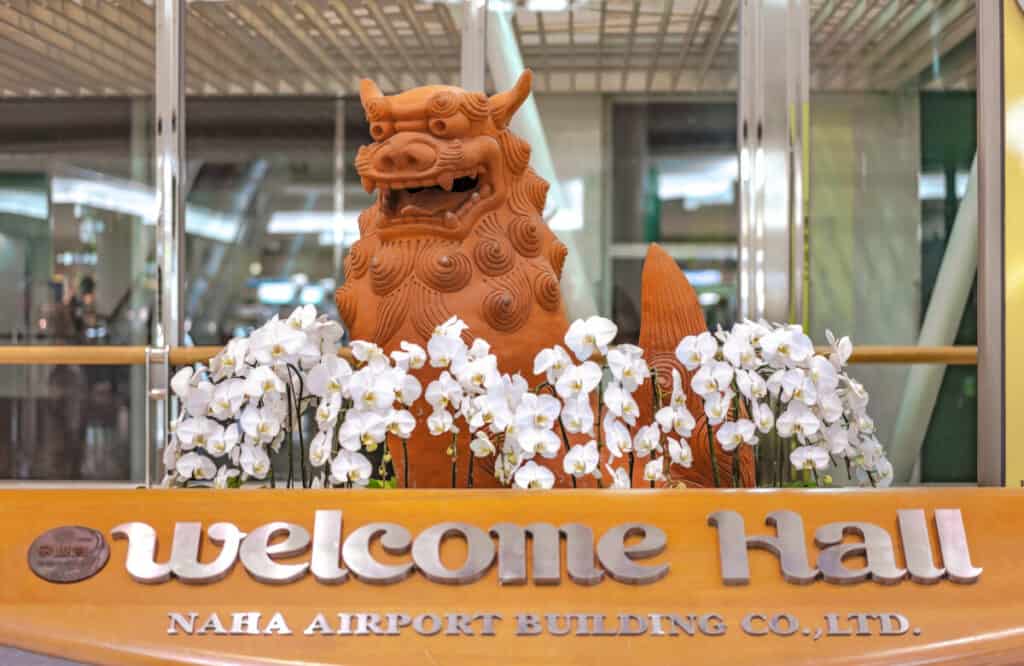
The architecture of these castles is quite compelling. Although many of these castles have gone through great restoration, many of their original bases still exist. Observing the differences between the original structure and “modern” evolutions and restorations gives rare insight into Japan’s technological adaptations.
Shuri Castle (Shurijo)
As former King Shō Hashi’s grand symbol of unification, Shuri Castle is the most popular castle in Okinawa. Within the castle walls, visitors can find multiple structures. The most recognizable structure is the Seiden, the vermillion-covered main hall. This luxurious hall is one of the most prominent features in Okinawa.
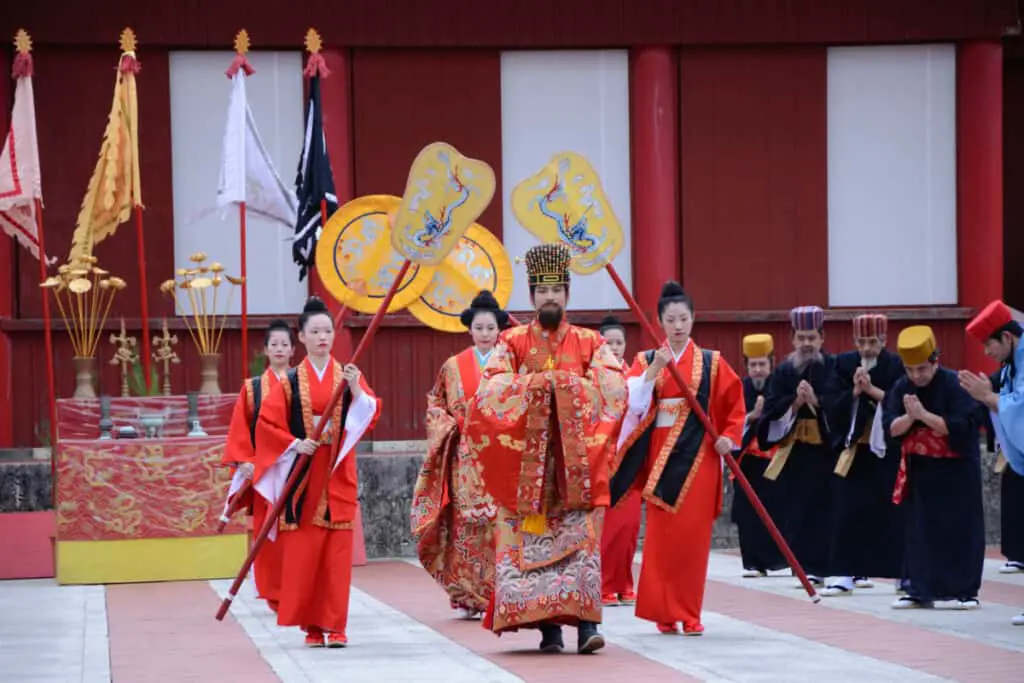
Shō Hashi constructed Shuri Castle in the late 14th century after unifying the three regions of the former Ryūkyū Kingdom. Since being built, Shuri Castle has played a major role in every war as a government facility, military fort, and home to the royal family.
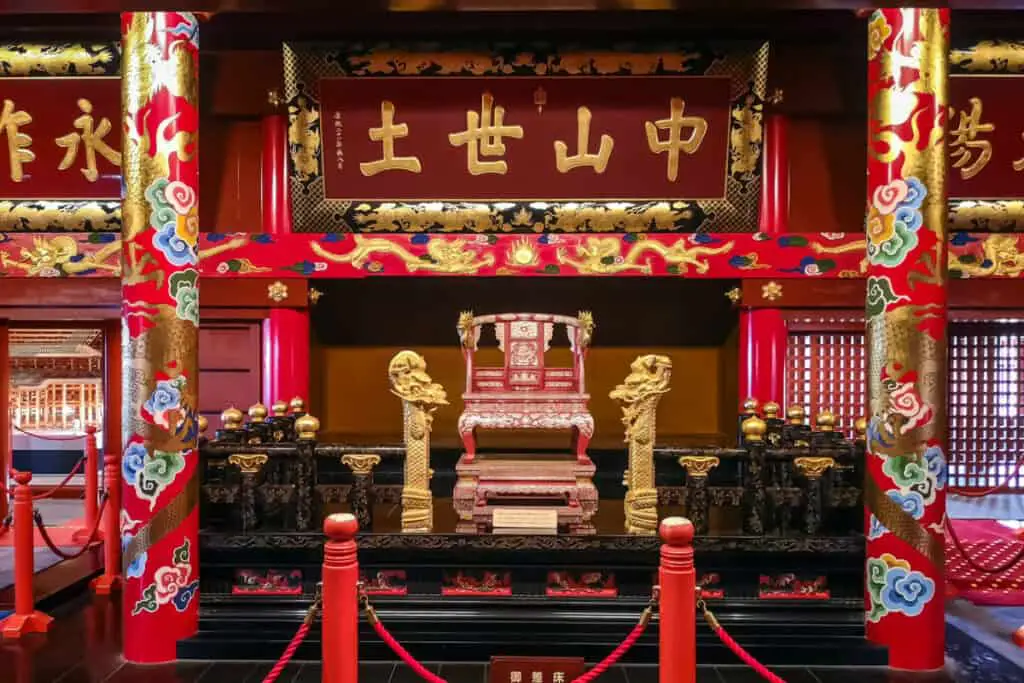
In the late 19th century, the Shuri Castle’s Seiden (main hall) acted as barracks to house the Imperial Japanese Army. While living in the castle’s walls, the Imperial Army constructed underground tunnels beneath the Shuri Castle, with entrance points inside the Seiden. These tunnels would later be strategic elements in the Japanese Army’s defense.
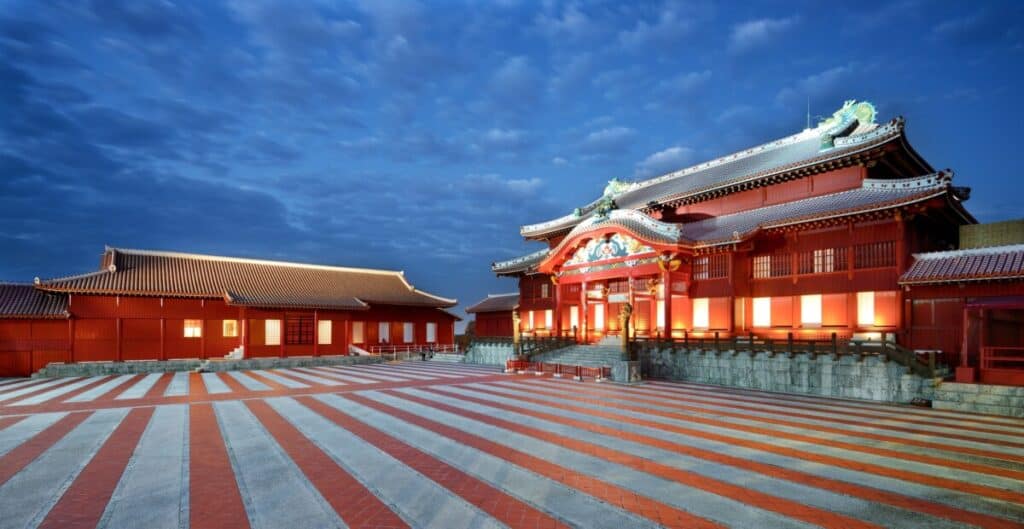
Shuri Castle was an important military fort during World War II. Wars and fires have always resulted in rebuilding the famous Shuri Castle. However, in 1945 United States military forces completely destroyed the castle via air raids. Restoration practices continue with each subsequent fall.
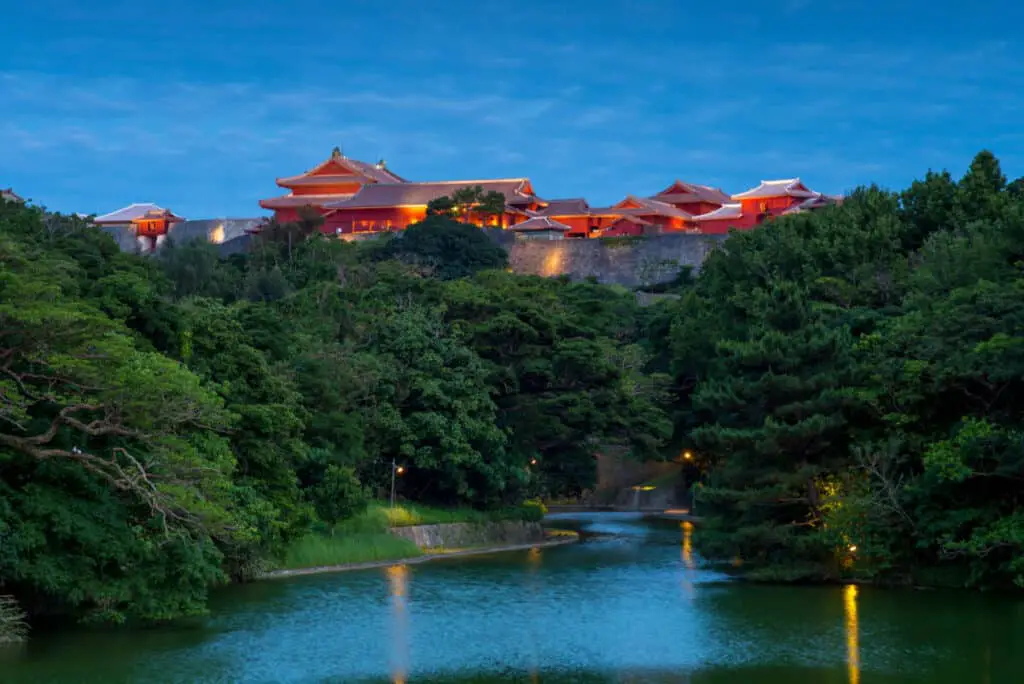
Even to this day, Shuri Castle has required rebuilding because of fires. The most recent incident was October 31, 2019, when Shuri Castle was heavily damaged by an electrical fire.
Although reconstruction has begun, the estimated completion date of the main buildings is not until 2026.
BBC Story of Shuri Castle Fire
Nakagusuku Castle Ruins
In the mid 14th century, Lord Sakinakagusuku built Nakagusuku Castle. The vitality of this fortress was critical in many sieges between the 14th and 15th centuries.
In the early 15th century, Ryukyuan commander Gosamaru modified Nakagusuku Castle to defend against Lord Amawari’s attacks. This military stronghold is smaller than many other Ryukyu World Heritage Sites, but it was crucial to keeping power-hungry Amawari in check.
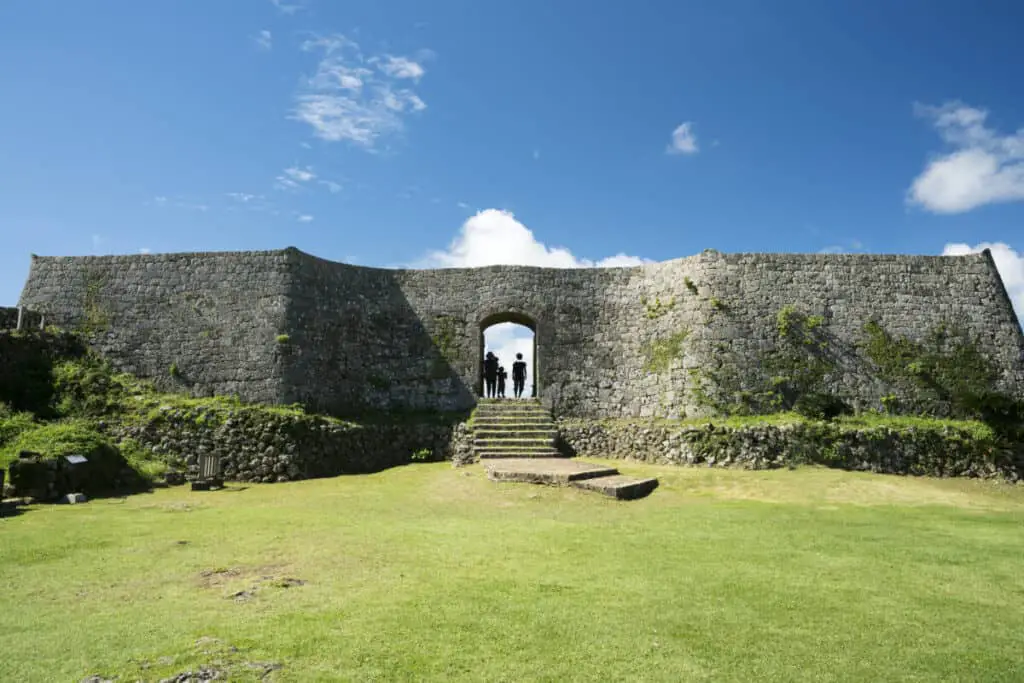
Many historians believe there was an intense rivalry between Gosamaru and Amawari because of Nakagusuku Castle’s location. If rivalry is true, Gosamaru’s plan to build the castle nearby worked because it prevented Amawari from assuming total control.
The tremendously thick stone walls and tall towers allowed Nakagusuku Castle to stop Amawari’s advances.
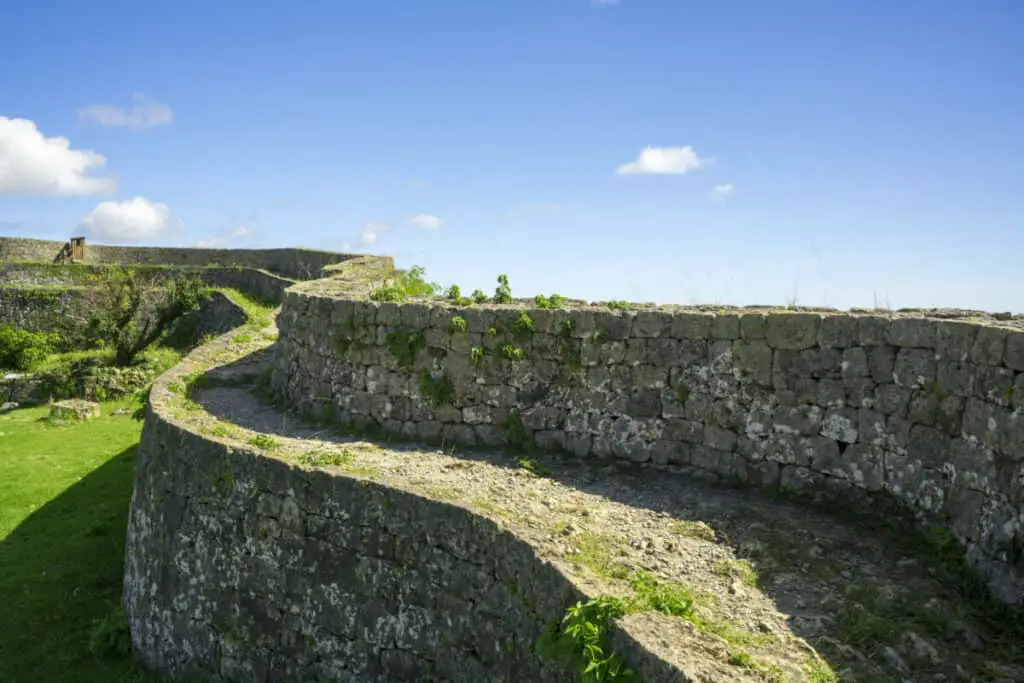
Nakagusuku is an especially interesting fortress because of its continuous evolution. Observe the stone walls and see the technological progression in the stone-laying tactics.
Katsuren Castle Ruins
Aji of Katsuren Magiri built Katsuren Castle in the 12th century at the top of a large hill. The castle has suffered significant damage since its original construction.
In the mid-15th century, Aji of Katsuren gained control of this castle. Eventually, the power-hungry leader planned to overtake the whole Kingdom of Ryukyu. He was unsuccessful in his attempt, and as a result, the Ryukyuan army destroyed the Katsuren Castle, all but its foundation walls.
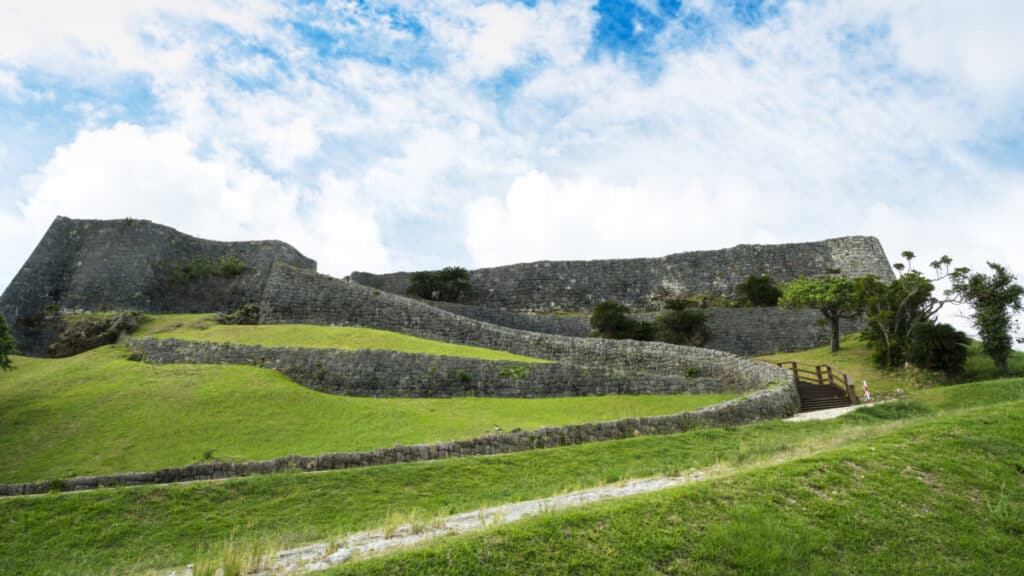
Katsuren Castle has also faced numerous complications due to natural disasters, including a 2010 Okinawa Earthquake, which resulted in the structural failure of a northeast wall.
Today, most of Katsuren Castle is now in ruins. However, visitors can still see this treasured piece of history anytime without paying.
Reuters Story on 2010 Okinawan Earthquake
Zakimi Castle Ruins
In the early 15th century, Gosamaru Aji Yamitaniyama built the fortified Zakimi Castle to contain the rising power in the Japanese Hokuzan (North) Kingdom. The architecture of this castle and its compelling history make it an important World Heritage Site by UNESCO.
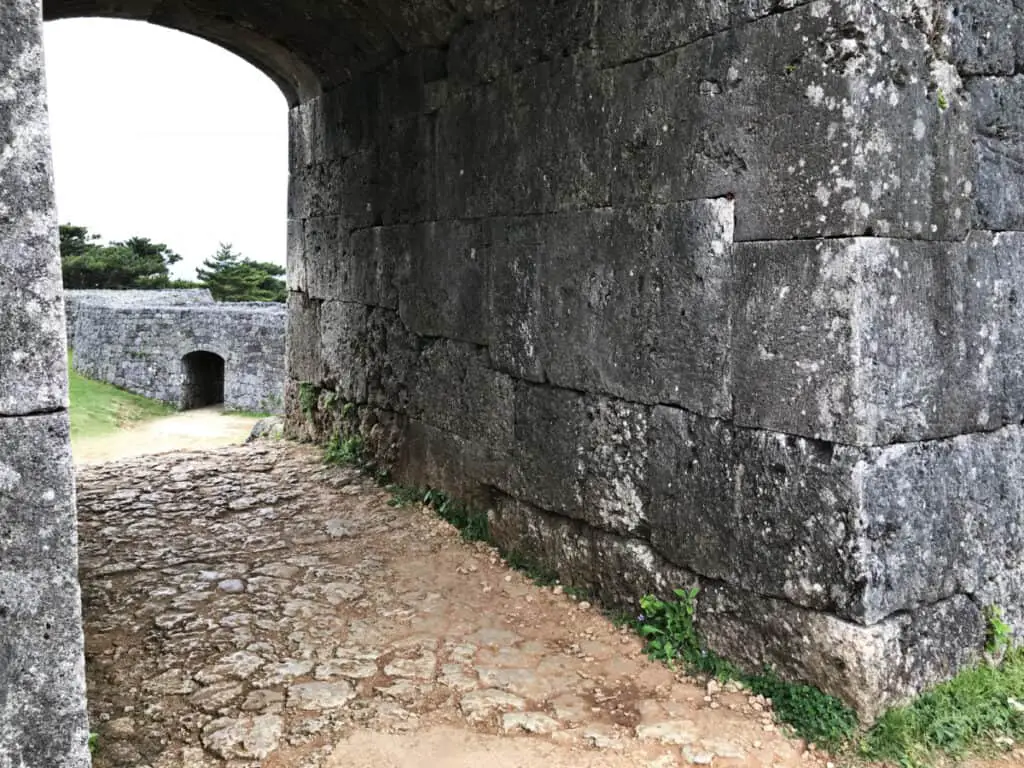
The complex architecture of Zakami Castle was instrumental in securing the Ryuku Kingdom. The slanted exterior walls are one of Zakimi Castle’s prevented waves of enemies from hiding at the bases. A more compelling defensive strategy was Zakimi Castle’s “musha-gakushi” features which would successfully mislead and trap enemies.
In 1972, the Ryukyu government declared the Zakimi Castle Ruins an official historical site. Immediately after its official historical recognition, the Agency for Cultural Affairs began restoration. From 1973 to 1985, the Agency for Cultural Affairs excavated the castle ruins and made structural repairs.
Nakijin Castle Ruins
The Aji lords built the Nakajin Castle in the 13th century. Eventually, the Hokuzan Kingdom overthrew the aji lords, and Hokuzan took control. The Hokusai army established a base in Nakijin castle. However, it did not last long.
In the early 15th century, the Chuzan Kingdom seized control of Nakijin Castle. Gosamaru, the descendant of an Aji lord who originally built the castle, was stationed at Nakijin to defend it from future take-overs.
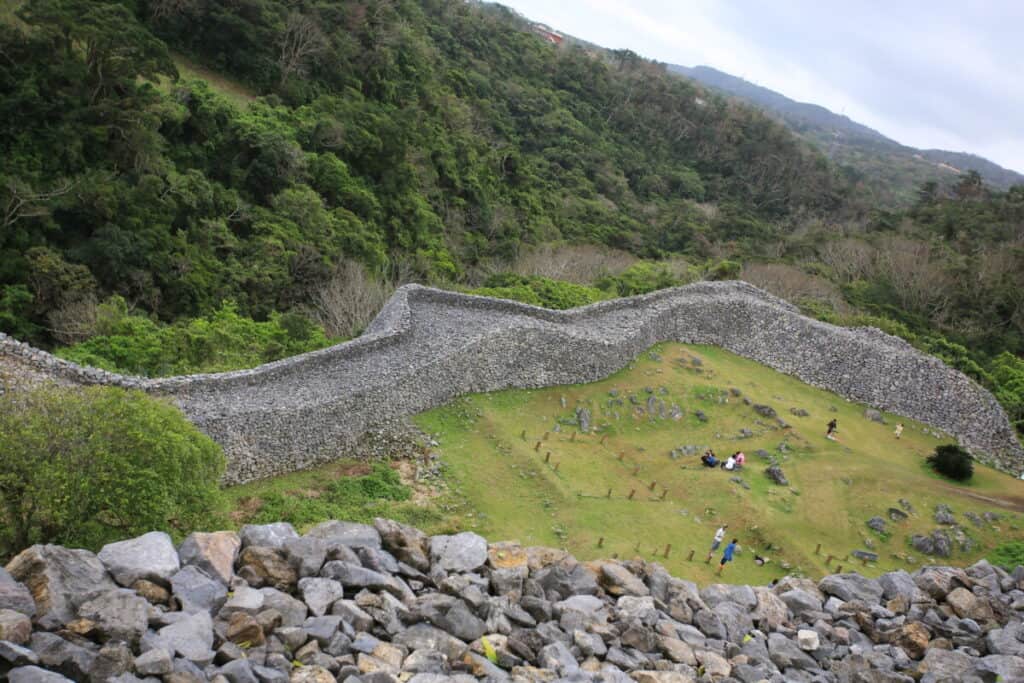
There are many Chinese architectural influences in the design of Nakijin Castle. Many historians speculate the reason for this influence comes from the proximity to the trade passages. Early Chinese-influenced designs include Nakijin castle’s rectangular doorways.
Although Nakajin Castle is currently in ruins, it is still a popular tourist location because of the beautiful seasonal sights. Every season has an even more beautiful sight to see.
The cherry blossoms during spring make the sight of these crumbling ruins oddly comforting. Additionally, inside the castle ruins were many shrines and monuments found during excavation.
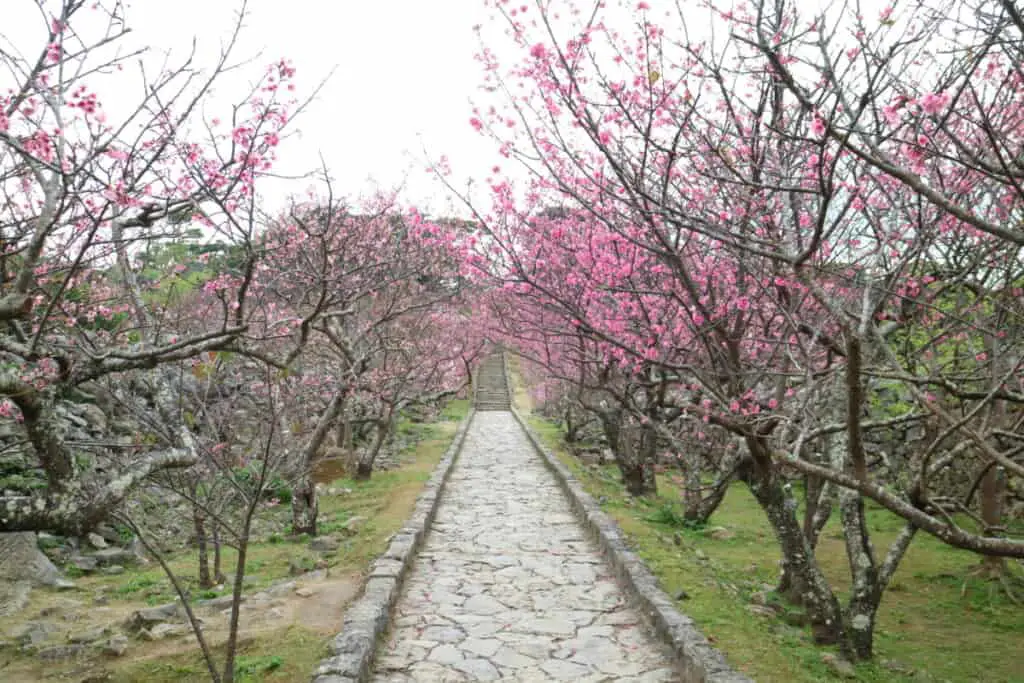
Final Thoughts
Before Okinawa, there was the independent Kingdom of Ryukyu. The Kingdom of Ryukyu had its territory divided into three sectors. Territory division inevitably led to extreme complications and tensions between the multiple leaders.
The more serious things became, the more military forts were established across the territory of the Ryuku is that is now Okinawa.
Each castle and fortress has a very special role in the history of Okinawa. The most popular castle in Okinawa is by far Shuri Castle. This castle has been a great representation of Okinawa for generations.
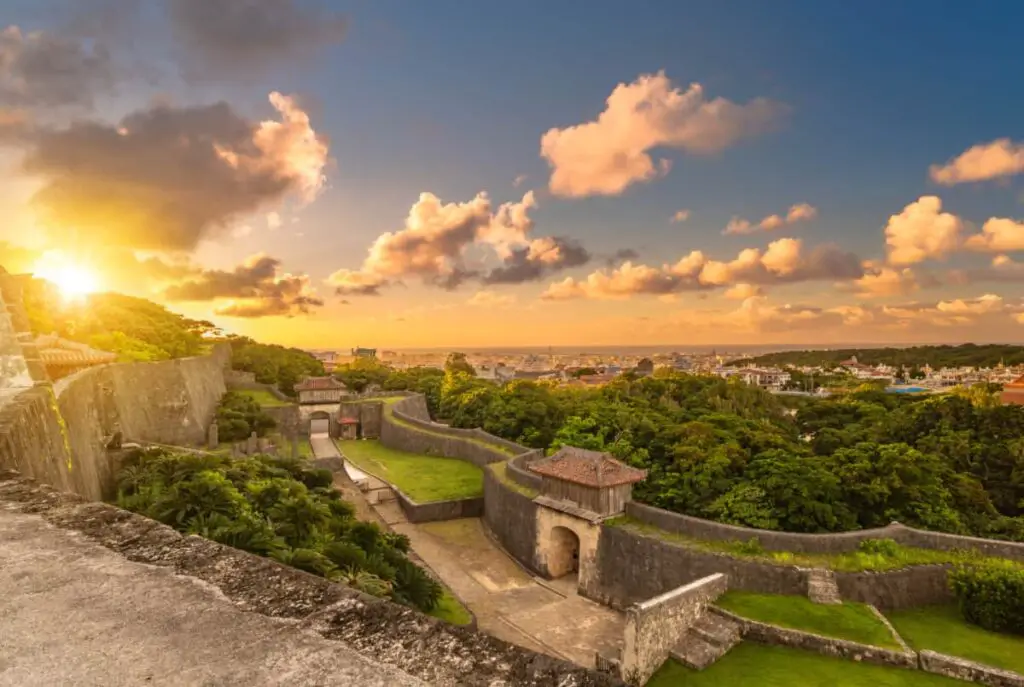
Official Visit Okinawa Website World Heritage Sites
Shuri Castle might be the most recognizable, but it is not the only castle in Okinawa. Four other fortresses exist on the island of Okinawa that once had a major impact on the island.
When visiting Okinawa, take the time to visit at least one of these monuments. Each castle from the former Kingdom of Ryukyu played a major role in establishing today’s Okinawa.
Many of these structures continue to face destruction from natural disasters. It is interesting to observe the technological advances Japan has gone through by looking at the evolution of its construction techniques.
